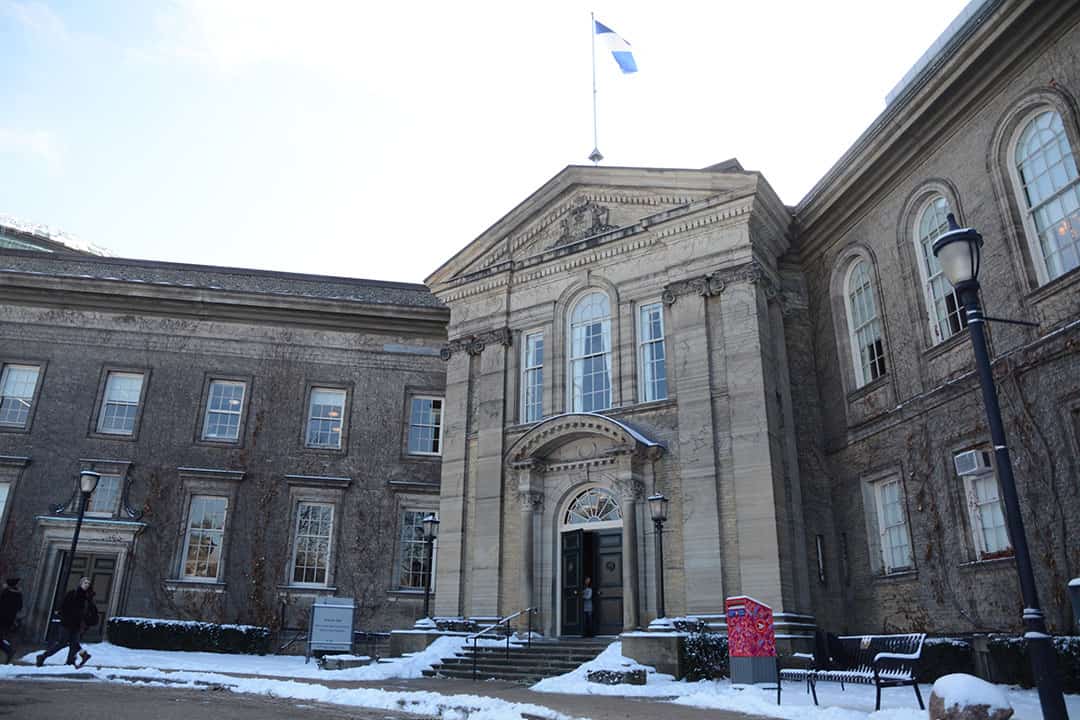The University of Toronto released their proposed budget for the upcoming 2018–2019 fiscal year, which featured increased funding in financial aid, research opportunities, and graduate programs. The budget reports a total budgeted operating revenue of $2.676 billion, 8.2 per cent higher than the 2017–2018 budget.
Expenses in the proposed budget include large-scale building projects on all three campuses, including an increase in spending toward the total deferred maintenance liability, an increase in student aid, and grants and diversity initiatives.
$224 million is budgeted toward student aid for the 2018–2019 fiscal year. This figure is expected to grow to $260 million over five years. The increase in spending on financial aid can be attributed to the university’s policy on student financial support. The statement principle outlines that, “No student offered admission to a program at the University of Toronto should be unable to enter or complete the program due to lack of financial means”.
The proposed budget also aims to fund diversity and equity initiatives. A total of $3 million over a course of three years will be allocated to coordinate access programs for students from underrepresented groups on campus. Similarly, $3 million over a course of three years will be set aside to fund postdoctoral fellowships for individuals from underrepresented groups. In turn, this will diversify the amount of minority scholars across the country.
Deferred maintenance has been a critical issue, costing the university $549 million in liabilities this year. Of that $549 million cost, UTSG accounts for $478 million with an increase of $4 million compared to last year. UTSC and UTM campuses saw decreases of $2 million and $4 million, respectively. $18 million has been allotted for deferred maintenance repairs, specifically at the St. George campus, while $2.5 million are set aside for the UTM and UTSC campus in their respective budgets.
OSAP
Changes in the Ontario Student Assistance Program (OSAP) were also included in the report. The program was changed to include free tuition for students from low and middle-income families, 30 per cent off tuition grants, and opportunity-based grants for students to reduce loan debt. 55 per cent of U of T students receive OSAP payments.
Funding for the University of Toronto Advanced Planning for Students program (UTAPS) is also projected to increase by an additional $13 million over the planning period. UTAPS gives grants to OSAP eligible students based on financial need.
Revenues
Much of the university’s operating revenue is obtained through provincial operating grants, tuition, and various student fees. Tuition and grant revenue for 2018–2019 is projected to be $2.336 billion, a 2.5 per cent increase compared to the $2.279 billion projected last year. Similarly, large endowments from the university’s greater community have also contributed over $2.38 billion to the operating revenue.
This year, a maximum three per cent increase will be added to tuition for Arts & Science students. Tuition fees for graduate and professional program students may also be increased by a maximum of five per cent. The university has also proposed to align tuition fees for international PhD students with the domestic rate.
The university recently signed a new Strategic Mandate Agreement (SMA2) with the province of Ontario. The agreement aims to re-establish the university’s leadership role in research and innovation in Ontario. SMA2 aims to include funding for 631 new master’s student spaces and 198 new doctoral student spaces by fall 2019.
Governing Council will vote on the $2.68 billion proposed operating budget for the 2018–2019 fiscal year on April 5


